Bringing in the Wild
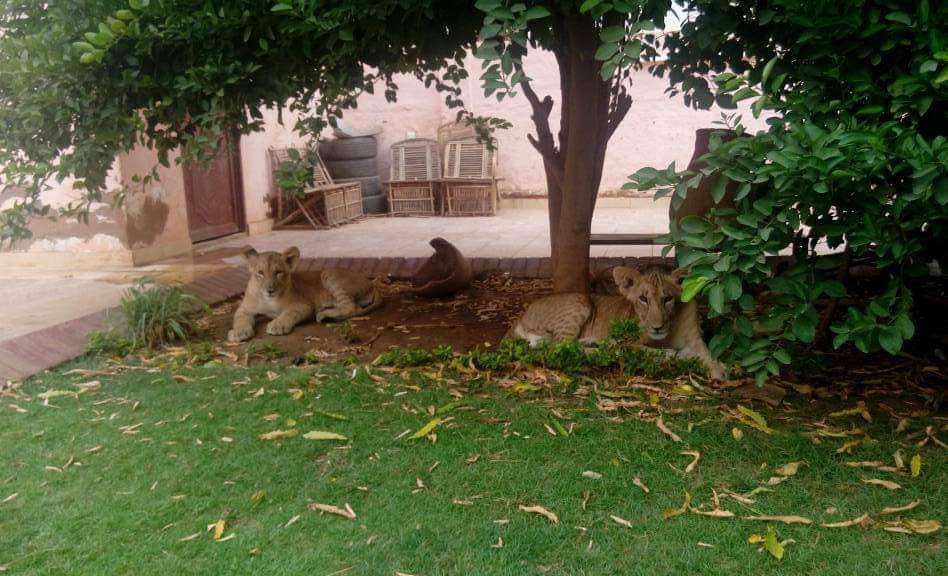
In 2009, my siblings and I returned from school one day, to find our father home earlier than usual, standing near the door with a huge smile on his face. Suddenly, a tiny little creature came hopping from behind him. That was when I was first introduced to an elegant leopard, who went on to become our friend. My father bought him from a man who was selling the baby leopard right on the street and named him Sakhr — it was what he wanted to name my brother before he lost that battle to my mother.

Hadeel’s father feeding Sakhr
We would take Sakhr with us on car rides and he would stick his head out the window the same way a dog would. He looked at the world with a lot of excitement and I had never seen anything like it before. He quickly learned many skills like opening doors, especially that of our room, and would wake us up in the morning. While having him around was the highlight of my childhood, it was also very challenging at first. Feeding him was a struggle, as there is no real substitute for a leopard’s or lion’s mother’s milk. After much research, we found that the best alternative was cow’s milk mixed with egg yolk.
And then there were five

Kiara, Laith and Baboos
A couple of months later, my dad came home with a new-born lion cub. Her health was a bit delicate so she needed extra care. She was just two-days-old, could barely walk and was as small as a new-born puppy. Handling her was easier as by then we had some experience. My mother felt that she resembled me in many ways, especially her constant desire to sleep, and so named her Lulu, which is also my nickname. My father brought her home from the zoo to protect her and provide her with a chance to survive. Her siblings were eaten by their own mother. She was the sole survivor.
The following day my father brought three more cubs that were only a day old, fearing that the other lioness would eat her cubs as well. We named them Kiara — paying respect to The Lion King, of course — Laith and Baboos. Sakhr, the first one, was initially jealous of the other cubs, but eventually made his peace with them. Lulu instantly found four new siblings, having lost the ones before. A month later, my father moved Sakhr to El Qureshi Park Zoo in Khartoum. He manages the zoo, and thought it was the best place to keep him as he could keep an eye on him there. However, Sakhr soon became depressed, and refused to eat or come out from his tiny brick house except when we visited him. He eventually fell sick and passed away.
House of lions
The remaining four stayed with us for about three months. In these months, they grew so fast, that it became quite difficult to keep them in the house anymore. The lions would eat a whole raw chicken a day! At the time, we were living in the intersection of Al Jazzar and Mashtal Street, the busiest corner in Riyadh. The fence had openings and so the garden wasn’t the ideal place to keep them anymore.

Baboos in El Qureshi Park Zoo
Inside the house, they started to tear out my mother’s furniture, a clear sign that it was time for them to leave. They were then moved to the zoo. Later, the Sudanese government gifted two of them to a Saudi sheikh and one to a Qatari sheikh. Lulu, left behind in the zoo, became badly ill and passed away when she was only eight months old. We stayed with her throughout the night and I watched dejectedly as she took her last breath.
After that, we resumed a normal life with normal pets until 2017 when a new batch of cubs came from the Ministry of Tourism, Antiquities and Wildlife Conservation. These lion cubs were hunted and about to be sold. They were originally found in the southern part of Sudan but due to the ongoing conflict, they moved towards the North seeking refuge. There were two males and a female, just three weeks old. The eldest was the male, named Leo; followed by the female, Jamila, who had the prettiest eyes, while the youngest named Jasmine was in terrible health. They were meant to stay in our house until Jasmine’s health improved, but they ended up staying with us for six months. That was the longest time any wild animal stayed with us and it was made possible as that was the year we moved to a new house with high brick walls and a garden. Given how humongous they had become, this place was more suitable to keep them for a longer time. They were then moved back to the zoo and soon after were gifted to Turkish President Erdogan on his last visit to Sudan.
Having these wild animals as pets around the house, was an attraction in the beginning. People would visit often just to get a glimpse of them and it would be quite interesting watching their reactions, the first time they would see the lions. When the lions were just babies, people were simply afraid of them because they were known as ‘wild’ and as they grew, the visits started decreasing and people were afraid to even pass by on the street — an advantage when you want to keep away unwanted guests and burglars.
Finding care for them was quite the ordeal, however, and we used to take them to the only decent pet shop in Sudan, which was Dr. Pets. I used to quite enjoy those visits, walking in carrying the lions as other girls would be carrying cats. As much as those visits were fun, they were intense — walking into the examination chamber and watching the doctor doing something she didn’t have much experience with. Regardless, she always managed to successfully treat the lions.
Who’s wild?
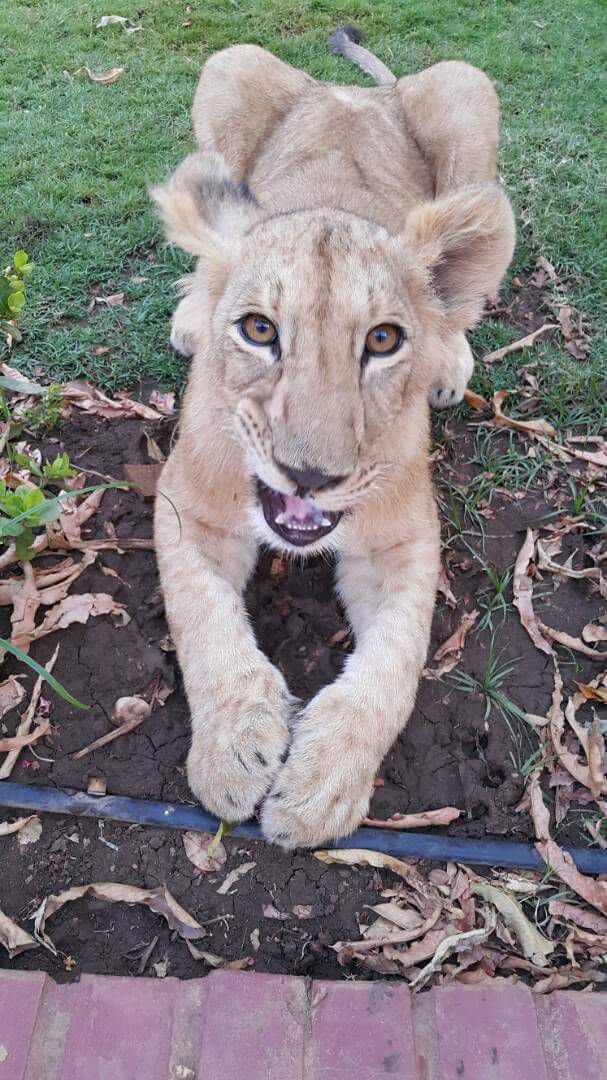
Leo
These so-called wild animals have become a large part of my family. Growing up alongside them taught me a lot. Never did we feel unsafe while being around them, in fact having them gone has created a huge void which we constantly attempted to fill with normal pets like cats and dogs, but it doesn’t quiet feel the same.
The term ‘wild’, is more of a state than a true definition of character in this case. Regardless of their classification, the leopards and lions don’t naturally see people as prey, their intentions are never to hurt for the sake of hurting but often do so, out of fear. When taken from their natural habitats at a young age, these animals manage to adapt and fit in anywhere. They are quite loyal and will never forget you. They share the same characteristic of a dog but physically portray the shape of large cats. Younger African lions have black spots resembling that of a leopard but soon outgrow them.
Humans not only disrupt nature but do so in an authoritative manner and then victimise themselves to justify their actions. Intentions are also often ignored. We never take the time to understand the true reason behind certain actions and that results in us fearing and possibly hurting these ‘wild’ animals.
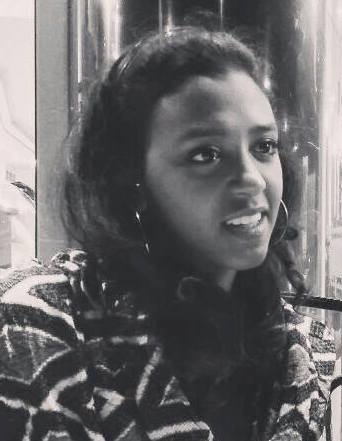 Hadeel Mohamed Hamid is a 23-year-old recent graduate of the University of Khartoum – Faculty of Architecture. She is an extreme believer of the importance of culture and tradition in forming and developing a country’s identity. Exploring writing for the first time, Hadeel will delve in topics of society, culture and architecture as well as writing about her own personal experiences growing up as millennial in Sudan.
Hadeel Mohamed Hamid is a 23-year-old recent graduate of the University of Khartoum – Faculty of Architecture. She is an extreme believer of the importance of culture and tradition in forming and developing a country’s identity. Exploring writing for the first time, Hadeel will delve in topics of society, culture and architecture as well as writing about her own personal experiences growing up as millennial in Sudan.

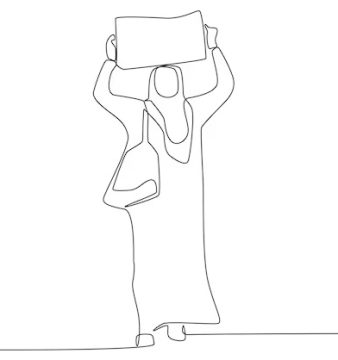
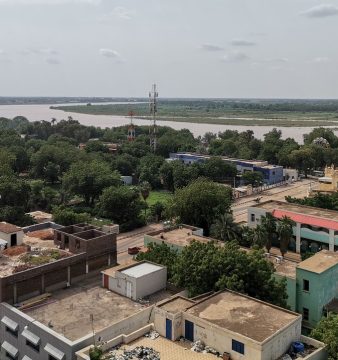


MashaAllah loved it and tbh I’ve always wanted to know the story of the lions as I uses to see their pictures and yes it is a quite amazing one ,, keep going Hadeel 🙌🏻♥️